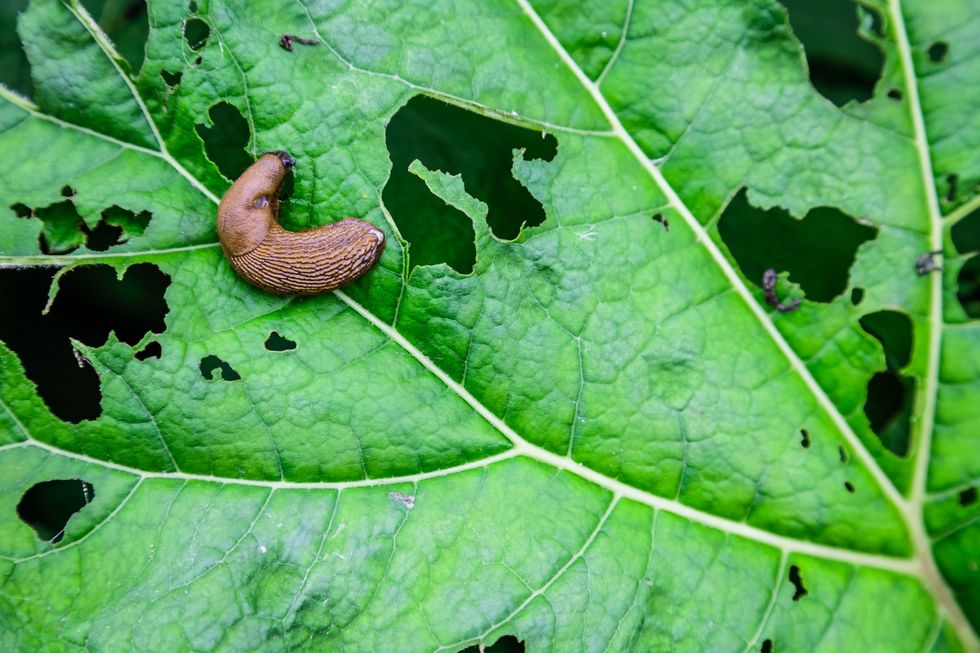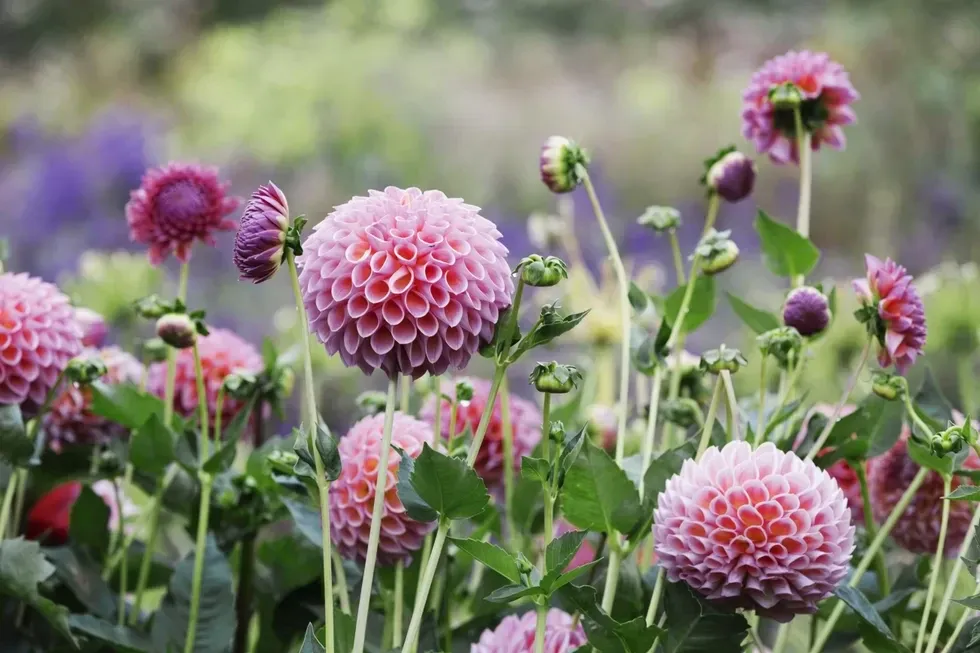The Royal Horticultural Society shares their top gardening techniques
Royal Horticultural Society
Slugs are not picky eaters and can leave a trail of destruction if their numbers aren't managed
Don't Miss
Most Read
Trending on GB News
Spring has arrived, bringing warmer days and humid nights that herald the unwelcome return of slugs to British gardens.
This means gardeners now face a race against time to protect their young plants from these voracious pests as the growing season begins.
According to Tom Clamp, head of technical at Doff Portland, this season could see another surge in hungry slugs.
"The recent dry spells combined with cooler night-time temperatures have driven slugs back underground temporarily," Tom explained.
 Household products can be used to deter slugs GETTY
Household products can be used to deter slugs GETTY "Although we did experience some frosty and snowy conditions in winter, it wasn't prolonged enough.
"Many slug eggs therefore survived and now, with conditions becoming more humid, we're seeing an active population re-emerge."
Natural predators and disease have somewhat curbed previous years of high slug numbers, but plenty remain.
"The biggest concern is the emergence of young slugs," Tom warned. "They're particularly hungry and are indiscriminate feeders, meaning they can quickly decimate tender crops like vegetable seedlings, strawberries and bedding plants while potatoes are also vulnerable."
Making matters worse is their rapid reproduction rate. Not only does this amplify the chances of infestation, but it also requires gardeners to address the issue early before populations spiral out of control.
"Adult slugs can lay up to 500 eggs a year and the increasing temperatures reduce hatching times," Tom added.
Slugs feed mostly at night and can consume up to 40 times their body weight in a single day. This leaves gardeners discovering chewed leaves and damaged roots by morning.
With slug populations on the rise, Tom offered five practical tips for gardeners to protect their plants.

Slugs feed on a wide variety of plants including dahlias
GETTY
"Copper tape is an easy and effective deterrent," says Tom. "When wrapped around pots or raised beds, it gives slugs a harmless static shock."
Creating barriers is another simple solution. Chemical-free barrier pellets or organic slug pellets containing ferric phosphate can provide protection.
Encouraging natural predators like hedgehogs and frogs helps too. "Building habitats like log piles, wild corners or adding a pond can encourage wildlife into your garden," Tom advised.
Beer traps offer a traditional alternative, with Tom suggesting: "Bury a small container at soil level, half-filled with beer, to attract and trap slugs overnight."
Finally, protect vulnerable seedlings early by raising them under glass and watering them in the morning rather than the evening.








